You can leave your details and we will contact you, or write to us by mail, phone or messenger
* By submitting your data, you consent to the processing of your personal data in accordance with our Privacy Policy
Furniture production for your brand
Full cycle of
wooden production
20+
years on the market15+
countries of export370
employeesHigh standards, maintained at every stage
in production
From individual projects to mass production
Nature-first mindset with certified sustainable materials
Export to Europe
and the USA
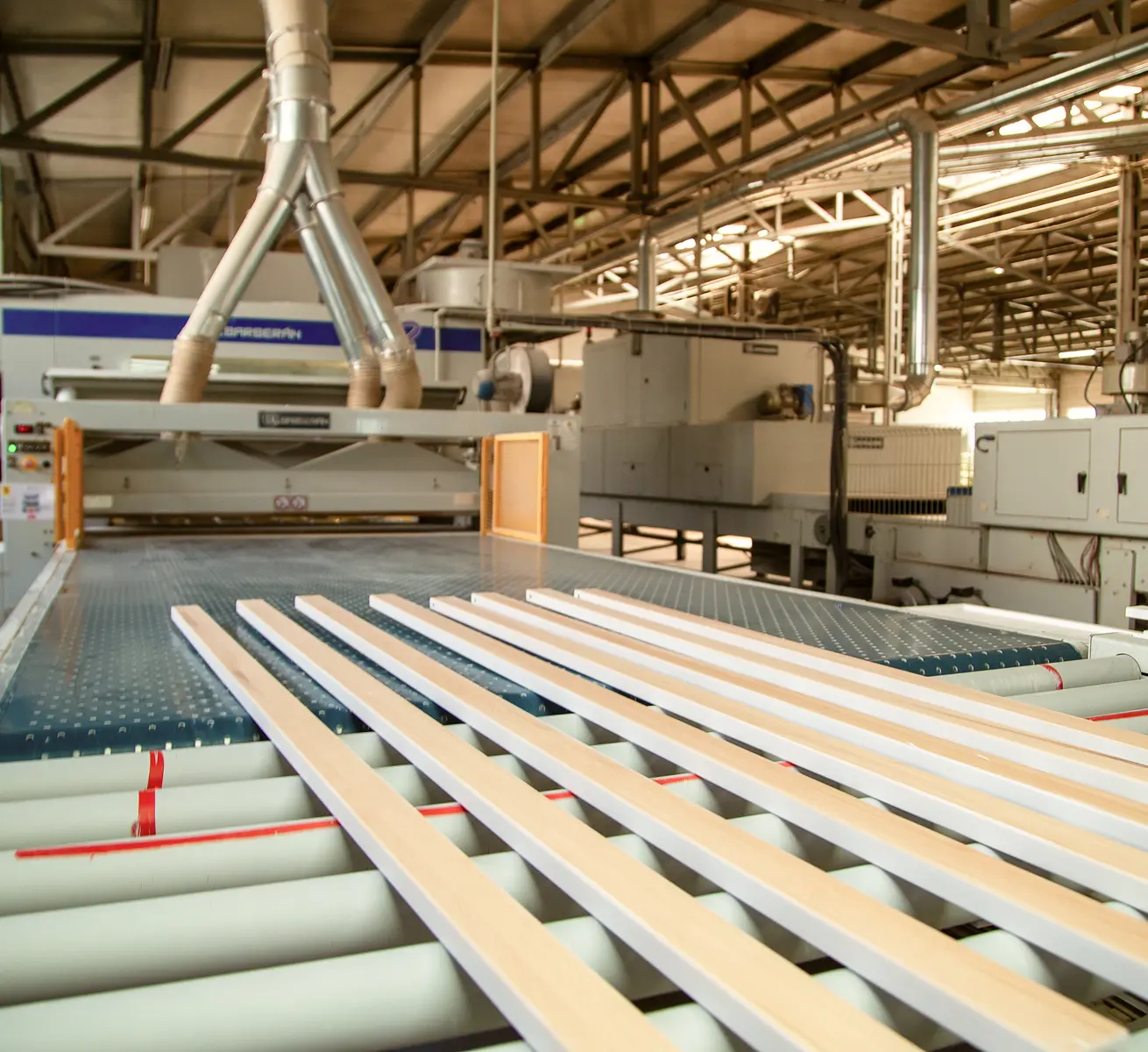
— your rules, our expertise
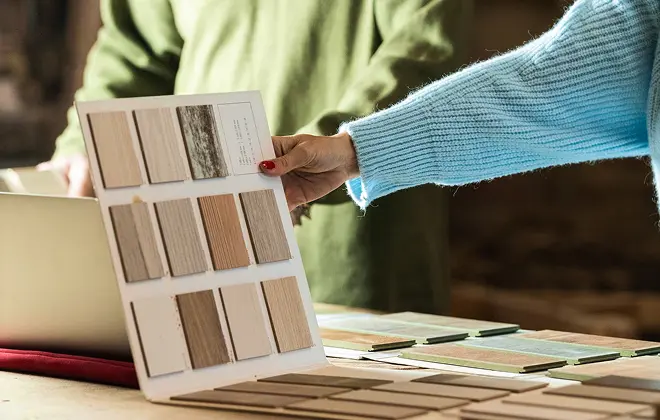
We create furniture using our own proven technologies, but with your logo and corporate identity. You can make minor changes to the design or materials - we take care of the rest.
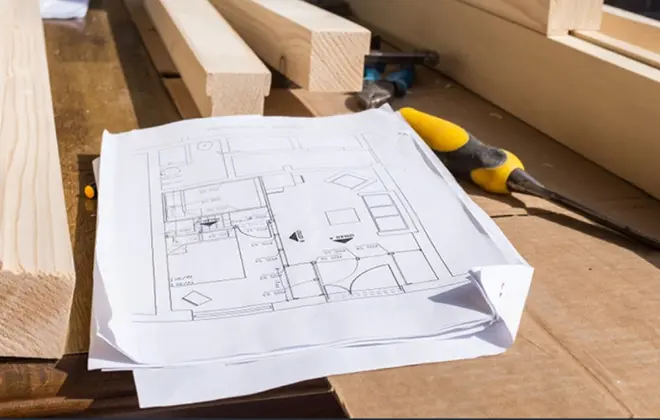
We manufacture furniture according to your drawings, specifications, and requirements. You control the process from idea to finished product.
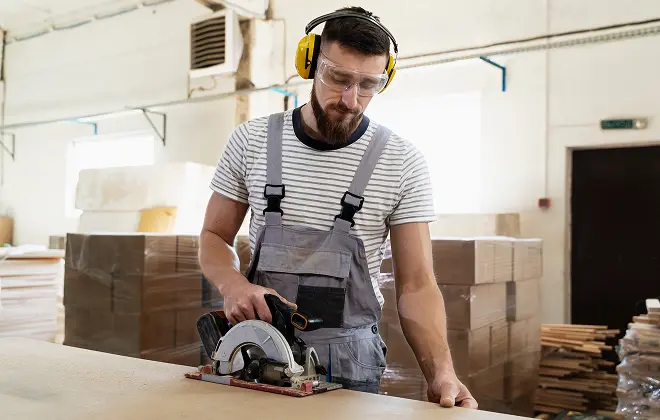
We offer ready-made design solutions for furniture of our own design. You can choose any option and sell it under your own brand.
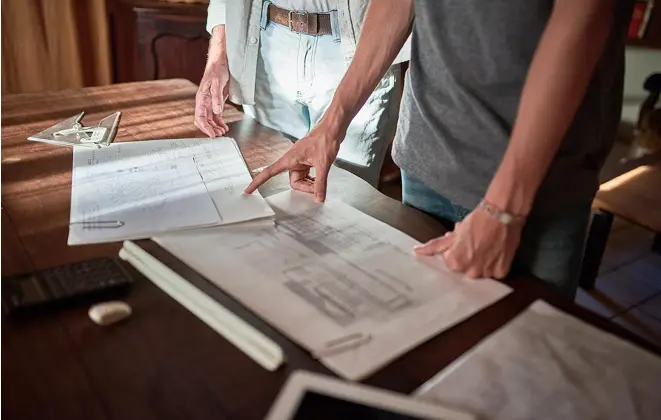
We receive a full package of technical documentation from you and manufacture furniture exactly according to the specified parameters, without additional participation from you.
What do we produce?
What do we produce?
What do we produce?
What do we produce?
What do we produce?
What do we produce?
What do we produce?
What do we produce?
What do we produce?
What do we produce?
What do we produce?
We produce wooden furniture using proven technologies and efficient workflows. Every order is completed with attention to detail and compliance with specifications.
Our team supports projects from idea to delivery
We unite deep woodworking expertise with flexible manufacturing processes to bring your vision to life — reliably, precisely, and at scale.
Leave a request on the website
Discussion of the project
Development of samples
Quality control
Delivery and logistics
Leave a request on the website
Discussion of the project
Development of samples
Quality control
Delivery and logistics
Scale your brand with us.
Scale your brand with us.
Scale your brand with us.
Scale your brand with us.
Scale your brand with us.
Scale your brand with us.
Scale your brand with us.
Scale your brand with us.
Scale your brand with us.
Scale your brand with us.